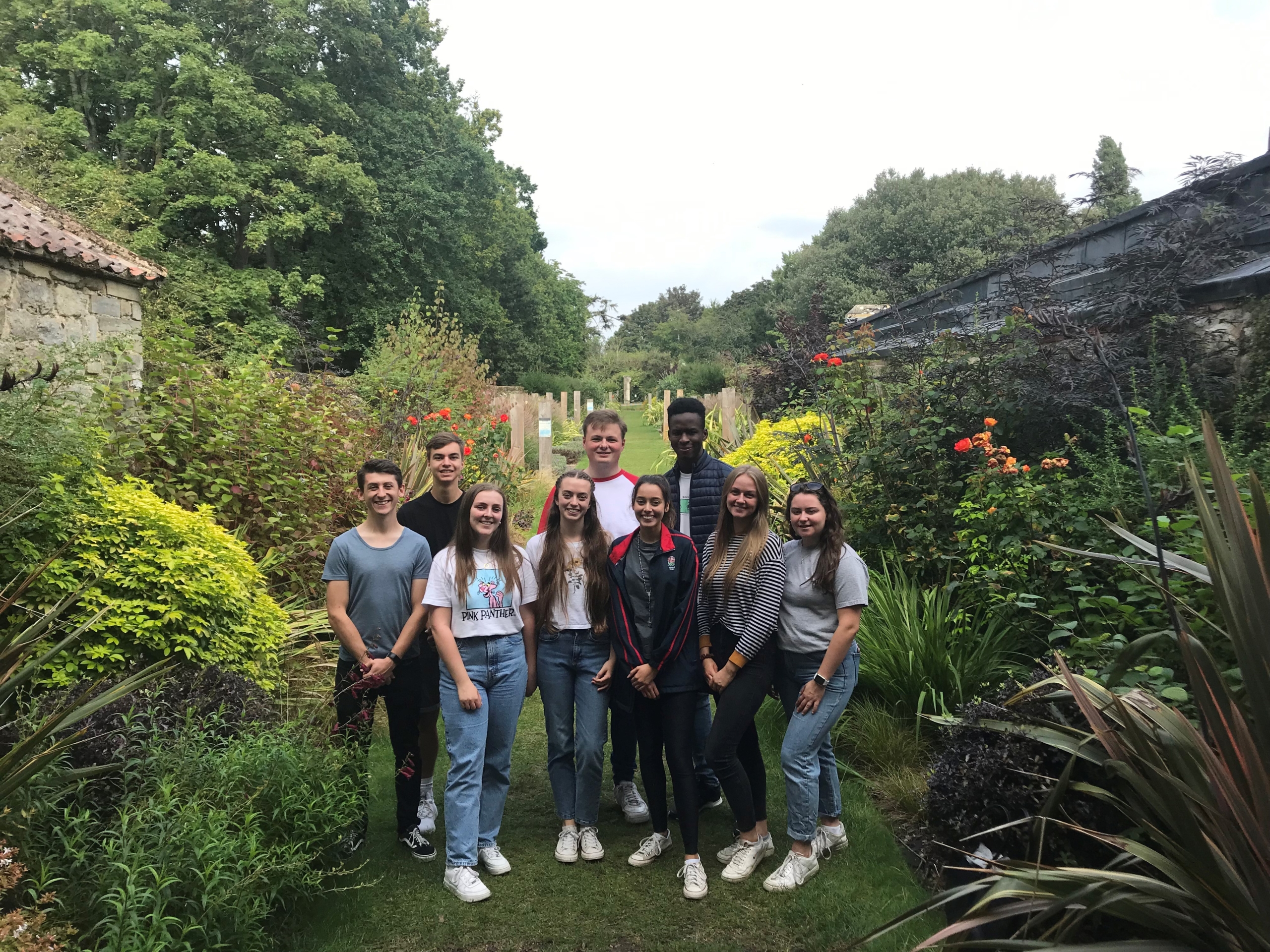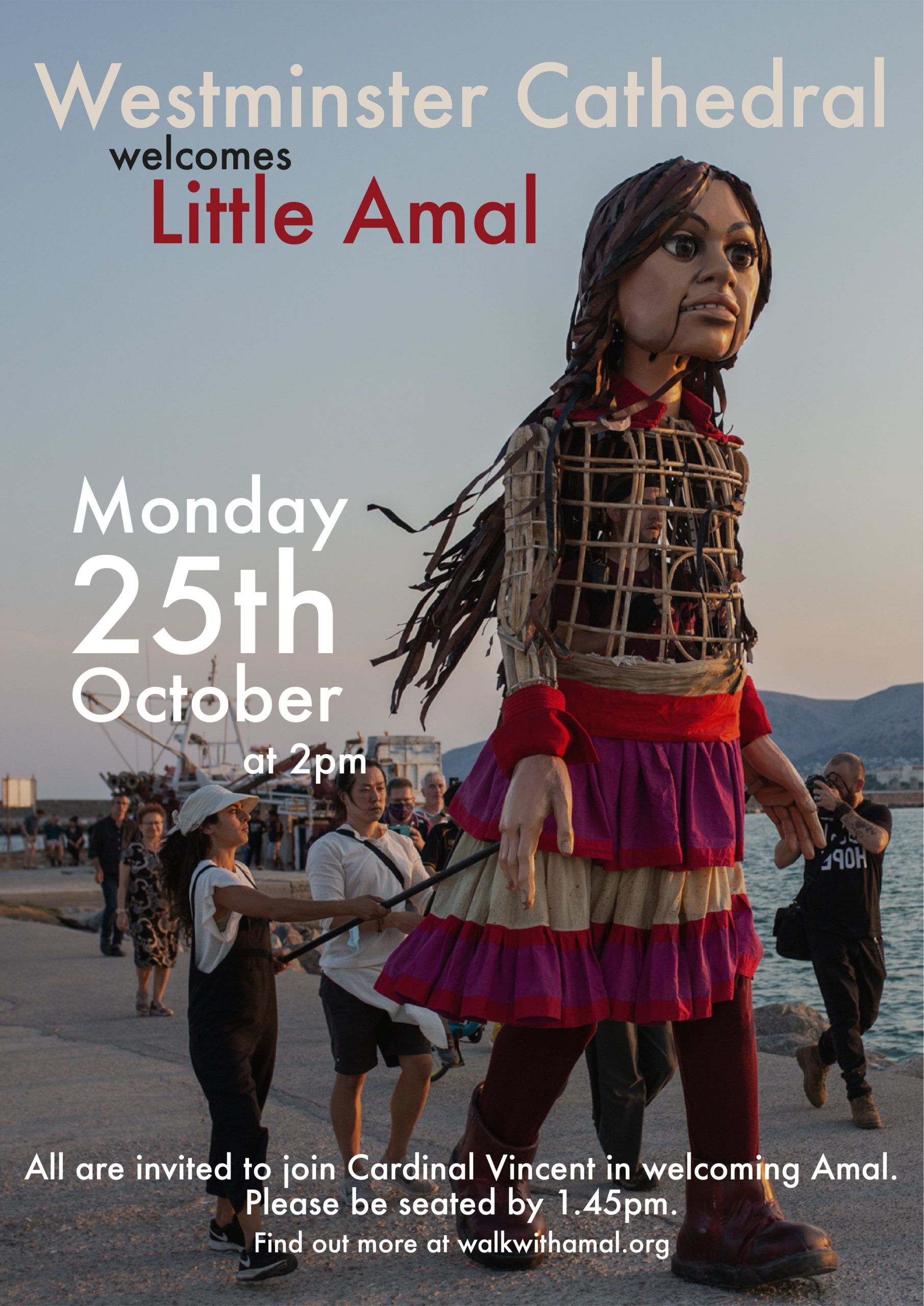The Green Guardians group in the Cathedral parish has been leading the way on climate change in recent months. During Lent it led a campaign on single use plastic, along with a series of Zoom meetings on Modern Slavery. The group has based its work on Pope Francis’ call to all of us to respond to the all too obvious impact of climate change on our world and to live more sustainably.
In Laudato Si’ he emphasises the need to see how God is present throughout creation and asks us to take responsibility for our actions now as they have lasting effects on future generations.
The Green Guardians group in the parish is answering this call by raising awareness to environmental issues and offering practical ways in which we can all take action and make changes in our lives to take better care of our world.
Over the weekend of 21/22 May the group handed out bee bombs for parishioners to plant in gardens or window boxes just in time for National Children’s Gardening week (29 May – 6 June). Bee bombs are a fun way for everyone to get involved with growing wildflowers that attract bees and butterflies. Or you can have some fun making your own – you can find videos on how to do this on the RHS or BBC Newsbeat and other websites.
The group also encouraged parishioners to take part in ‘No mow May’: a campaign to bring spectacular benefits both to us and our garden wildlife.
The parish is also committed to praying for our common home, a collaborative initiative organised CAFOD, Christian Aid, Tearfund and others. Says Brenda Underwood: “As a parish we have committed to coming together in prayer each Monday evening at 8pm. We do this individually at home (so no Zoom required) but in the knowledge that others in the parish are doing likewise.”
In September the Green Guardians group will be meeting their local MP Alex Burghart to urge government to demonstrate leadership on climate change.
Ellen Willmott – Brentwood’s own great botanist
David Worsfold writes:
Did you know that one of the world’s most famous botanists, Ellen Willmott, is buried in the Cathedral churchyard? You can find her final resting place just through the archway to the right of the Parish Hall.

Anthony Timmins speaking at Ellen Willmott’s Grave at the Cathedral – July 2011
During her life she was credited with identifying over 60 species of plant, many bearing her name or that of her home at Warley Place. This work earned her many honours and accolades in her lifetime.
Ellen was born into a wealthy family in 1858 and moved to the huge estate at Warley when she was in her teens. When her father died in 1892 she inherited the large family home and estate, adding to the wealth she had inherited from her godmother, Countess Helen Tasker, four years previously.
She devoted this wealth to her passion of botany, creating fantastic gardens at Warley, where she entertained Royal visitors, and on estates she purchased in France and Italy. She also funded botanical expeditions to China and the Middle East and helped establish the Royal Horticultural Society’s gardens at Wisley.
Among her publications was a two-volume authoritative study of roses, Genus Rosa, including 132 fine watercolour illustrations.
Her talents were not restricted to botany and horticulture. She was a keen woodworker and photographer and played several musical instruments, owning a Stradivarius violin.
When she died in September 1934, she left huge debts which meant all her estates, including Warley, had to be sold. The grand house at Warley Place was demolished in 1939 and after the war several battles were fought to prevent a housing estate being built on the site.
Today her garden has been transformed into Warley Place Nature Reserve by the Essex Wildlife Trust and is a magical natural landscape well worth a visit.
David Worsfold



